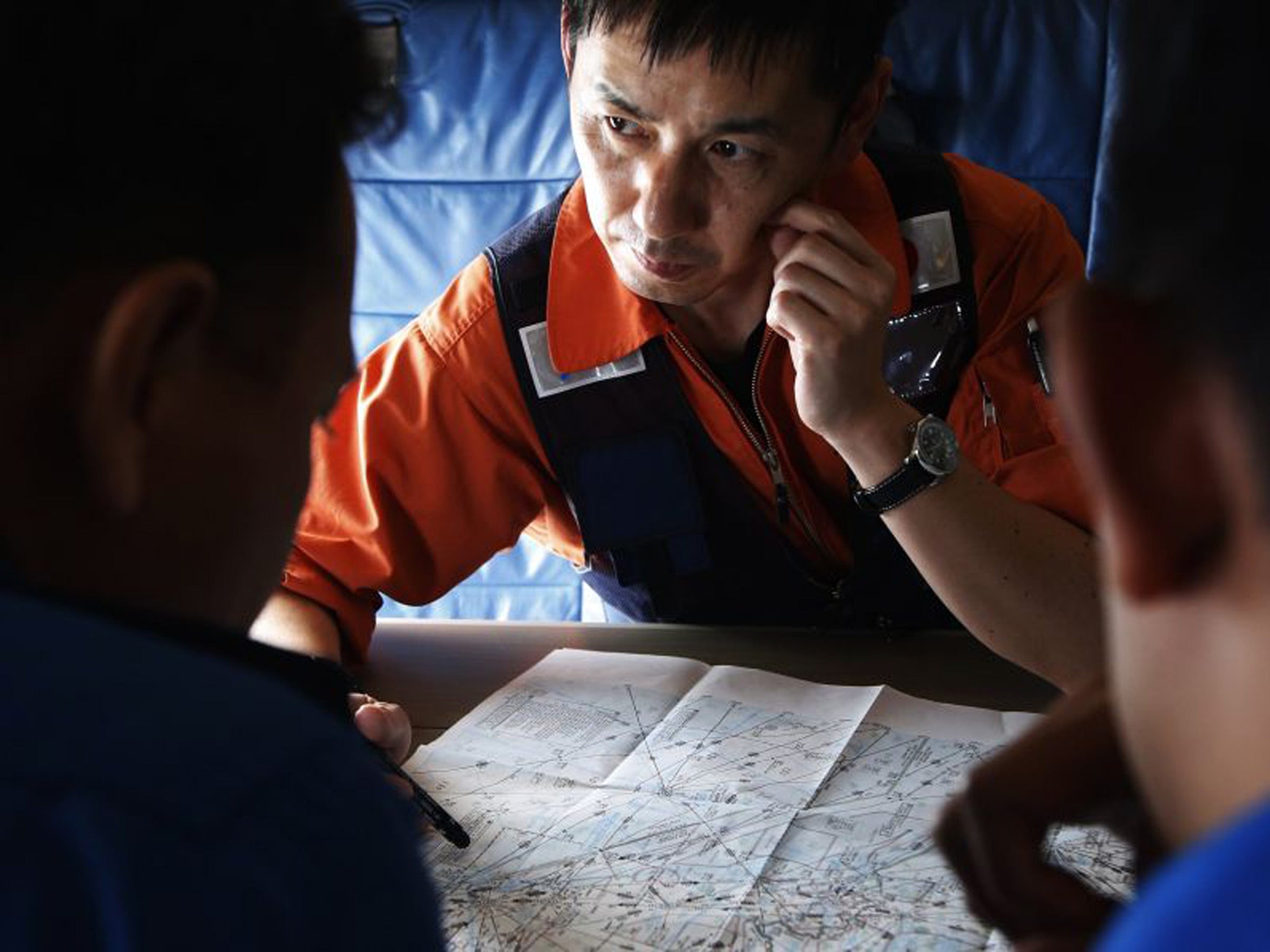Missing Malaysia Airlines Flight MH370: Jet ‘hijacking’ began soon after take-off

Flight MH370 was deliberately diverted as part of an audacious plan – and the jet was still flying seven-and-a-half-hours after take-off.
In the most dramatic development since the Boeing 777 went missing a week ago, it emerged that the malicious act began shortly after take-off from Kuala Lumpur.
The aircraft, with 239 passengers and crew on board, lost contact with air-traffic controllers on a flight from the Malaysian capital to Beijing early last Saturday morning.
One week after Malaysia Airlines announced the flight’s disappearance, the authorities finally revealed what they know. Malaysia’s prime minister, Najib Razak, said “with a high degree of certainty” that the aircraft was deliberately flown thousands of miles off course. From the information he provided, it appears that the jet may have reached as far as the Caspian Sea.
Air-traffic controllers lost voice contact with the flight deck when the aircraft was over the South China Sea, midway between Peninsular Malaysia and the southern tip of Vietnam. But the prime minister revealed that one communications system - known as ACARS, and used for data transmission – had been disabled significantly earlier in the flight. It was switched off while the plane was still flying over Malaysian territory north of Kuala Lumpur. Radio contact with at least one of the pilots took place after the data transmission system was turned off.
The aircraft’s transponder, which provides identification data and also handles the aircraft’s “hi-jack alarm”, is believed to have been switched off while the aircraft was over the South China Sea.
The revelations indicate that whoever was directing the plane – whether a hijacker or one of the pilots – had a plan; if the aim was to destroy the aircraft, it could simply have been downed at once.
The information about the duration of the flight came from satellite data provided by the London-based company, Inmarsat. Yesterday it emerged that electronic “pings” from the aircraft continued for over five hours after all other contact was lost. Evidence from Malaysia’s air force corroborated the theory that the plane turned from its north-north-east course to head west.
The final satellite contact was at 8.11am, five-and-a-half hours after the jet’s last known position. During that time, the aircraft could have flown 3,000 miles at its normal cruising speed.
The maximum range of the Boeing 777ER aircraft type is over 8,000 miles, but the flight was carrying only enough fuel for the planned 2,700-mile flight to Beijing plus a contingency for holding and diversions.
Mr Razak said: “Due to the type of satellite data, we are unable to confirm the precise position of the plane where it last made contact.” But some geographical clues are given by the satellite contact, and as a result two new corridors of land and sea are being studied. One is the south Indian Ocean west of Indonesia, where the possible intended destinations include Mauritius and Madagascar. The other is a swathe of land stretching from northern Thailand to the Kazakhstan-Turkmenistan border – on the edge of the Caspian Sea. It takes in the territory of a dozen countries, and their ambassadors have been summoned to a briefing in Kuala Lumpur.
Dozens of ships and aircraft deployed to comb the South China Sea have been stood down.
Two key questions remain. If the pilots were acting under duress, why did they not activate an emergency distress signal on the flight deck when events began? And were the crew not challenged about the disabled ACARS system?
It is believed that military surveillance may have revealed more about the plane’s movements, but for the moment, the families of the 227 passengers and 12 crew must endure yet more uncertainty.
Join our commenting forum
Join thought-provoking conversations, follow other Independent readers and see their replies
Comments